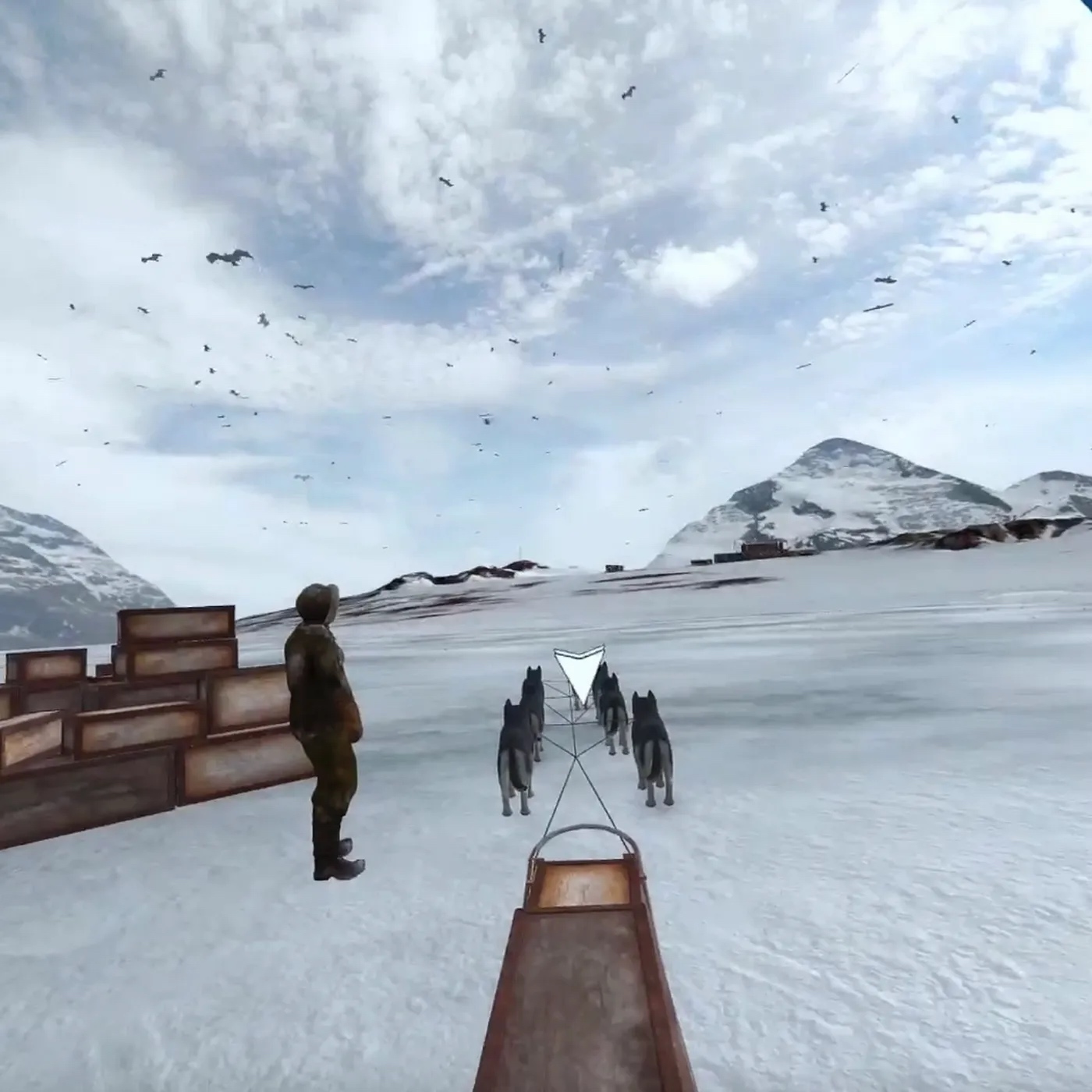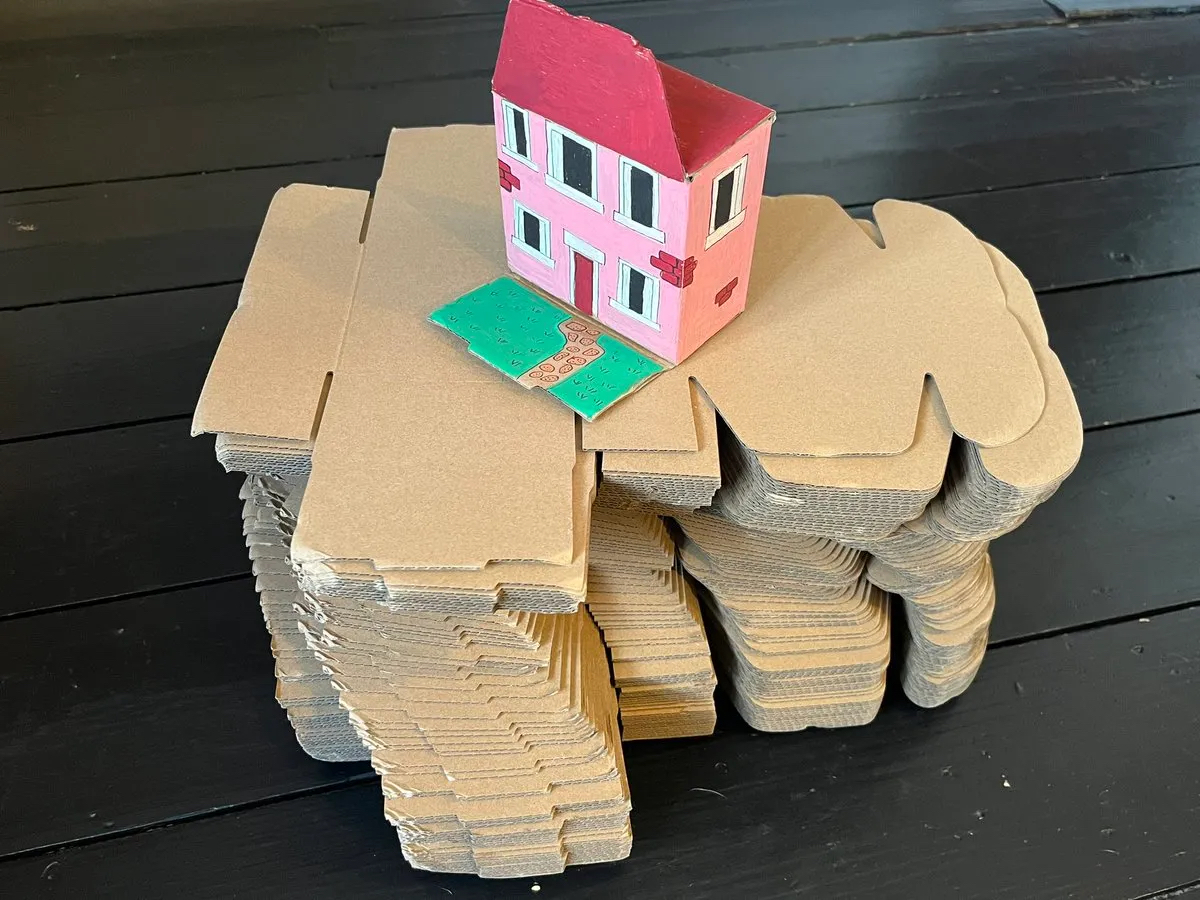STORYTELLING & GRAPHIC NARRATIVES
I specialise in narratives and storytelling. Most commonly in relation to children’s media, such as digital games, toys and TV shows. To do so I conduct research that crosses academia and the kids media industry. Often using a combination of methods from social sciences combined with those from art and design. I also use graphic narratives to analyse data, think through drawing and tell stories.
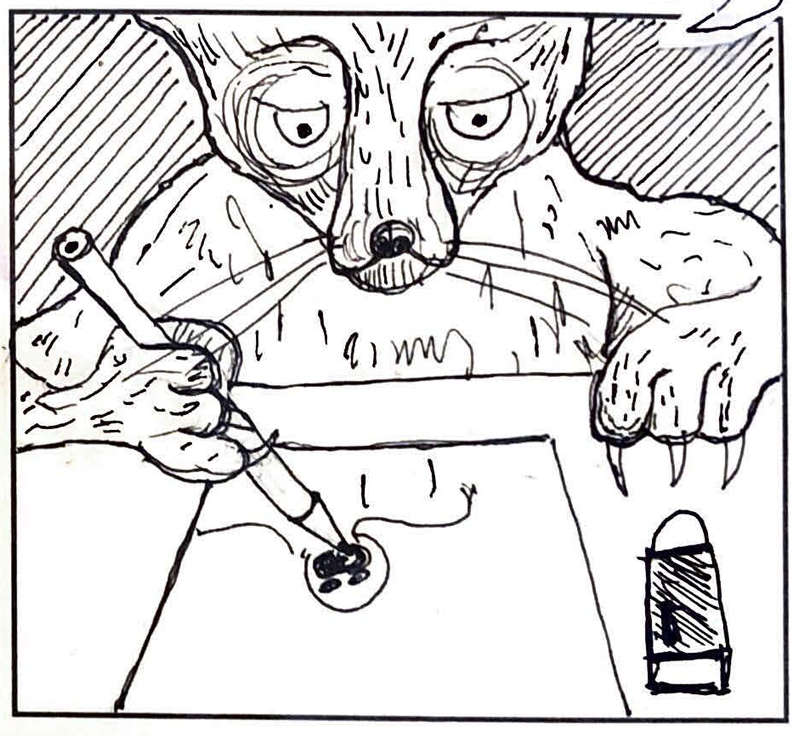
CO-PRODUCTION RESEARCH ZINE
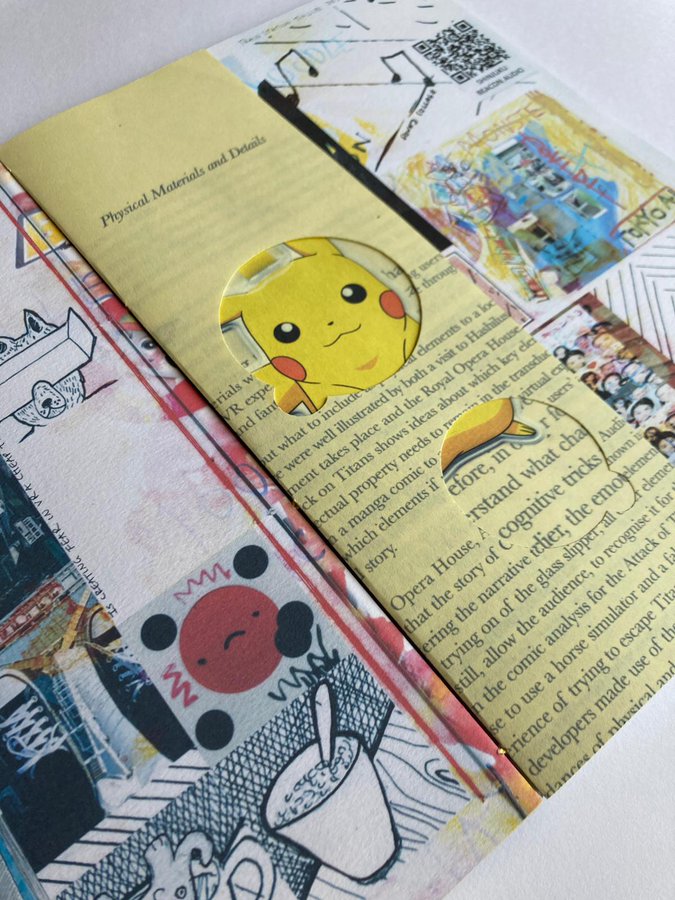 Image by Richard Nash
Image by Richard Nash2020-2021
This knowlege exchange project involved members of the UK-Japan Location-Based VR for Children Network working with artists’ book and zine practitioner Richard Nash to explore ways in which his expertise could be used for secondary analysis of the project data to generate new knowledge. The final creation of the zine was framed as a structured co-production methodology that was undertaken in three stages.
I SPY SENSORS
 Image by Julliette Coquet
Image by Julliette CoquetThis project aims to give children better control over how they are observed by digital sensors and in doing so addresses the core concerns of the HDI network around ‘surveillance and resistance’ by actively addressing issues of privacy and control arising from the increased use of sensors in digital devices to collect user data. It aims to inform and empower the users of devices, specifically children aged 8-12, by co-designing tools to understand, resist, and subvert the sensors embedded in common digital devices and smart objects. The tools will provide children with agency over how their lives are presented through data, and how this is used to inform a range of products aimed at making money from them.

2014-2019
I worked as a researcher and advisor for the hit TV show Moon and Me. It is an example of the importance of research to good design.
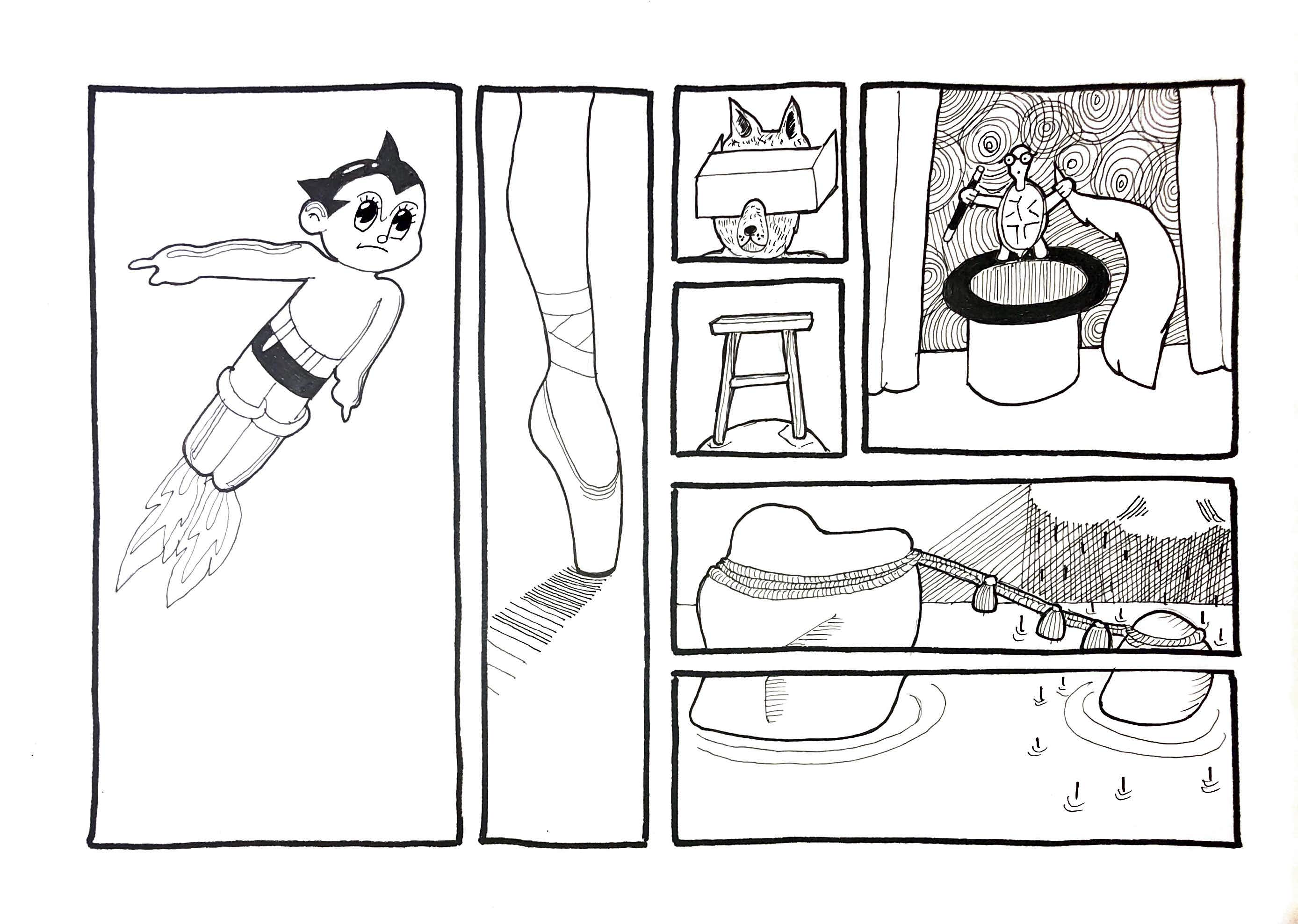 VR Other Worlds (2020)
VR Other Worlds (2020)
 Image: Dylan Yamada-Rice
Image: Dylan Yamada-Rice